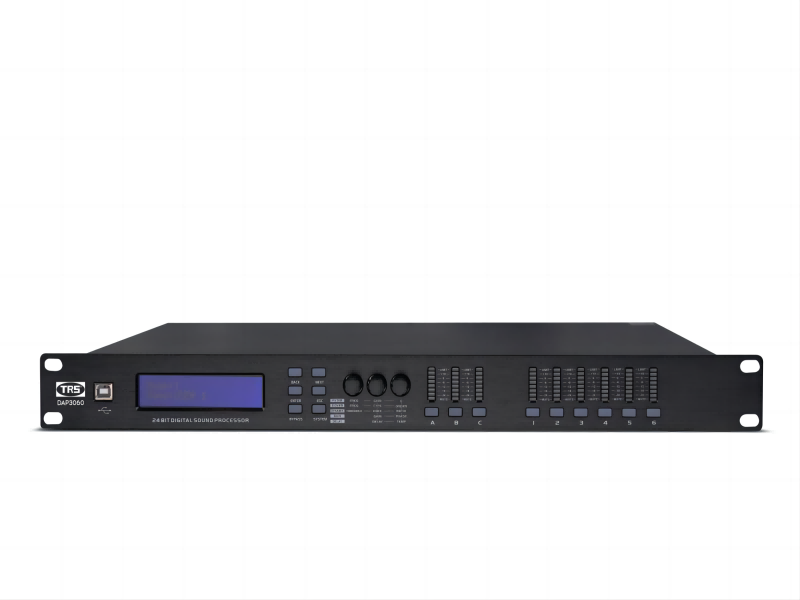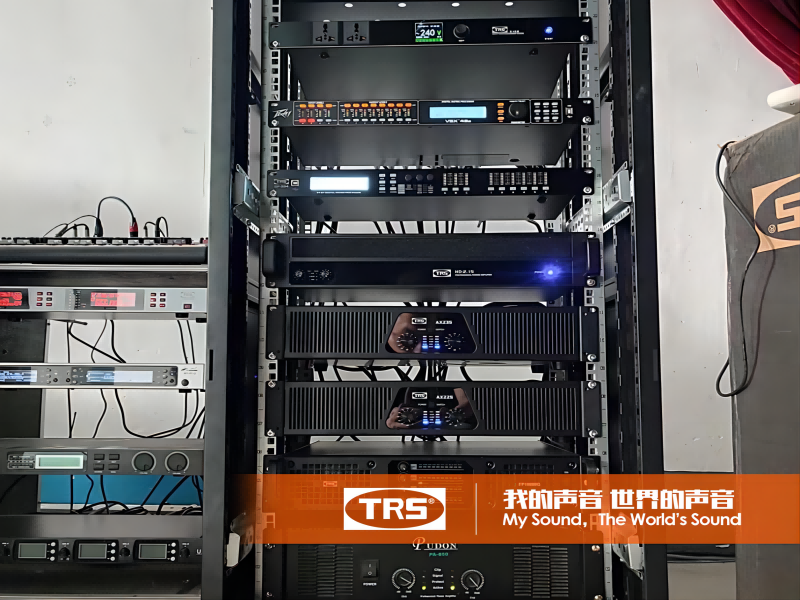Audio processors, also known as digital processors, refer to the processing of digital signals, and their internal structure is generally composed of input and output parts. If it refers to hardware devices, it is internal circuits that use digital audio processing equipment. High signal-to-noise ratio and strong anti-interference ability.
Digital audio processors are relative to analog audio systems. The earliest analog audio system, the sound enters the Mixing console from the microphone. Pressure limit, equalization, excitation, frequency division, power amplifier, speaker. The digital audio processor integrates the functions of all analog devices, and the physical connection is only the microphone, digital audio processor, power amplifier, and speaker. The rest is operated in the software
(Input/output channel: 3 Input/6 Output;
Each input channel function: mute, with separate mute control set for each channel)
The main functions of the audio processor are:
1. The input level of the control processor can generally be adjusted within a range of around 12 decibels.
2. Input equalization: Generally adjust frequency, bandwidth, or Q value, gain.
3. Input delay: Apply some delay to the input signal, and generally adjust the overall delay during auxiliary operation.
4. Umpolung: it can be divided into two parts: input part and output part. It can convert the polarity phase of the signal between positive and negative.
5. Signal Input Allocation Routing (ROUNT): The function is to enable this output channel to choose which input channel to accept signals from.
6. Band pass filter: also divided into two types: high pass filter and low pass filter, used to adjust the upper and lower frequency limits of the output signal.
Other functions of the audio processor:The audio processor can also help users control music or soundtrack, producing different sound effects in different situations, increasing the shock of the music or soundtrack, and also controlling many audio functions on site. The audio processor integrates many functions, among which the frequency division function is very important. Frequency division can provide corresponding adjustments based on the different frequency information of the audio system in different working states. This function enables the audio processor to adapt to many audio devices, as long as the audio equipment can function properly. Searching for the audio processor saves accurate processing of sound information and communicates it to the audio equipment
Post time: Jul-10-2023


